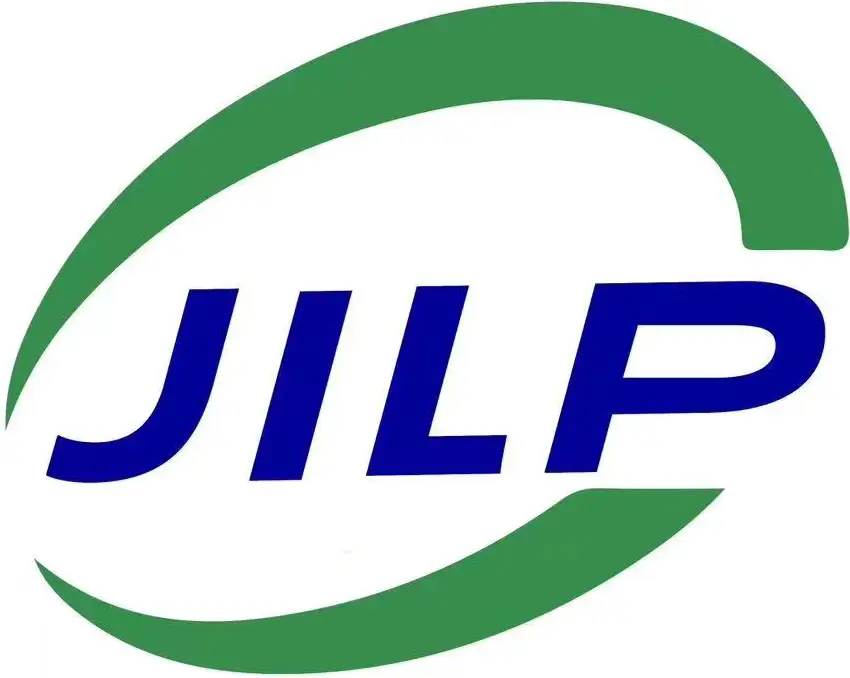Lepu Seal - A Professional China Mechanical Seal Manufacturer providing Cartridge Seal, Grundfos Mechanical Seal And We offer free sample!
Optimizing Seal Configurations for Maximum Efficiency in Dry Gas Applications
Optimizing Seal Configurations for Maximum Efficiency in Dry Gas Applications
Introduction
Sealing systems play a crucial role in industries with dry gas applications, such as oil and gas, chemical processing, and power generation. These applications demand highly efficient seal configurations to minimize leakage, reduce energy consumption, and ensure equipment durability. This article explores the importance of optimizing seal configurations in dry gas applications and highlights five key factors to consider for maximum efficiency.
Understanding Dry Gas Applications
Dry gas applications involve the handling and transportation of gases that are free from any significant moisture content. These gases include natural gas, helium, hydrogen, nitrogen, and others. Sealing these gases requires specialized configurations due to their unique properties, including low viscosity, low thermal conductivity, and high compressibility. Optimal seal designs are crucial to maintain reliability, minimize emissions, and enhance operational productivity.
1. Choosing the Right Seal Type
Selecting the appropriate seal type is the first step in optimizing seal configurations. Different types, such as mechanical seals, labyrinth seals, and brush seals, offer distinct advantages based on specific application requirements. For dry gas applications, mechanical seals are commonly preferred due to their superior sealing capabilities and ability to withstand high pressures. Careful consideration should be given to factors like gas composition, operating temperature, pressure differentials, and equipment limitations when deciding on the suitable seal type.
2. Material Selection
The choice of seal materials is critical as it directly impacts the performance, durability, and service life of the sealing system. In dry gas applications, materials with low friction coefficients, high wear resistance, and excellent chemical compatibility are preferred. Common materials used include carbon, carbon fiber composites, ceramic, and specialized polymers. It is crucial to assess the application requirements, including the gas composition and operating conditions, to determine the appropriate material(s) that will ensure maximum efficiency and reduce the risk of premature seal failure.
3. Seal Design Considerations
Proper seal design is essential to optimize efficiency in dry gas applications. Factors such as clearances, backpressure, face patterns, and grooves play a crucial role in achieving the desired sealing performance. Maintaining minimal clearance between the sealing surfaces helps to minimize leakage, while careful consideration of face patterns and grooves can enhance gas flow control and reduce the chances of gas bypassing the seal. Additionally, incorporating backpressure management features, such as throttling or pressure relief devices, helps to maintain optimal operating conditions and improve overall efficiency.
4. Effective Gas Containment
Efficient gas containment is a primary objective in dry gas applications. Leakage from seals can lead to significant energy losses, environmental pollution, increased maintenance costs, and reduced equipment lifespan. Effective gas containment can be achieved through the use of proper sealing face materials, effective sealing techniques, and the implementation of advanced technologies like secondary seals and seal gas supply systems. Employing advanced sealing techniques, such as gas injection or gas buffers, can further enhance containment capabilities and reduce fugitive emissions.
5. Monitoring and Maintenance Strategies
Regular monitoring and maintenance of sealing systems are essential to ensure continued efficiency and optimal performance. Implementing a comprehensive monitoring program that includes regular inspections, performance assessments, and condition monitoring helps identify potential issues before they escalate. By monitoring factors like seal face wear, leakage rates, and environmental conditions, any deviations from optimal performance can be addressed promptly, minimizing downtime and preventing costly failures.
Conclusion
Optimizing seal configurations in dry gas applications is crucial to ensure maximum efficiency, minimize leakage, and enhance equipment durability. Careful consideration of factors such as seal type selection, material choice, and effective gas containment techniques can significantly impact the overall performance of the sealing system. By incorporating these key factors, industries can achieve improved energy efficiency, reduced emissions, and enhanced productivity in their dry gas operations.
Guangzhou Lepu Machinery Co., Ltd.
Add:
No. 5, Yunkai Road, Huangpu District, Guangzhou, China
Tel:
+86-020-36158139
+86-020-36158280
E-mail:
mark@lepuseal.com
Fax: +86-020-36158281
Contact Person: Mr. Mark Ao
Whatapps: +86-18903009893
